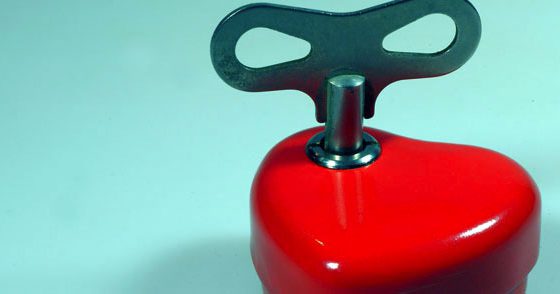Proven iron deficiency anemia in athletes belongs to treatment. Oral iron therapy remains the primary treatment. Efficient preparations are available in drop, syrup and tablet form.
Oral iron therapy still remains the primary treatment from a medicinal point of view (although the latest doping regulations recently allow larger infusion volumes, namely 100 ml within a 12-hour period instead of the previous 50 ml within six hours). Efficient preparations are currently available in drop, syrup and tablet form. They are safe, effective and inexpensive. Thus, they are rightly considered the first-choice therapy. These preparations are best taken in the morning on an empty stomach with products containing vitamin C (orange/citrus juice). Caffeine and tein inhibit iron absorption, calcium too. However, it has been shown that such food components do not give rise to interactions with iron(III) hydroxide-polymaltose complex. Recent findings have shown that a single dose taken in this way every two days allows the highest absorption rate (more than 30% higher than daily doses). The explanation is probably that too frequent doses promote hepcidin production.
Change eating habits?
As a first step, it makes sense to ask the athlete in detail about his eating habits, where quite often some surprises lurk. Relatively trivial dietary measures such as consumption of legumes, cereal products, green vegetables, meat, and fish can often be quite efficient in meeting the daily requirement of 15 mg of iron for fertile women (slightly more for pregnant women, slightly less for men and menopausal women). However, it seems that a clear iron deficiency is unlikely to be remedied by diet alone.
Intravenous iron substitutions, which are particularly popular in Switzerland today, should only be used in cases of intolerance and insufficient efficacy of iron tablets. Furthermore, it should be emphasized: Oral or even worse parenteral iron administration at normal ferritin, i.e. without reason, makes no sense at all, may even be harmful. Especially since there is no evidence that iron generally improves the performance of athletes. This remark because it is known that many athletes “overload” themselves with various iron supplements.
Doping issue
For the sake of completeness, the matter of “doping” must almost inevitably be briefly addressed when dealing with this topic. Due to the central role of oxygen supply to working muscles, inventiveness in this field has been actively blossoming since the 1950s. Blood manipulation really took off in the 1970s, presumably initially with autologous blood transfusions and later also with foreign blood.
The idea was simple: before an important competition, blood collected and stored earlier (in a favorable phase) is reinfused to have a larger, more efficient transport capacity available. From the mid-1980s, EPO, the synthetically produced erythropoietin, came onto the therapeutic market – and it wasn’t long before it also appeared in sports. From about 2000 onwards, detection methods for EPO and various derivatives are developed, and from 2004 onwards there is a detection method for blood doping with foreign blood. In contrast, autologous blood transfusions are still not under control.
EPO in smaller doses was the next step, which made controls extremely difficult because the product remains detectable only for a short time. The current solution of the doping “investigators” is the biological athlete passport, which is based on progress controls. What genetic engineering (as an example) will offer in the future remains to be seen, but the competition between “dopers” and “investigators” in this particular field – as in others – is certainly far from over. Those who can transport more oxygen can also perform better. This banal conclusion is largely true in endurance sports. And it will continue to stimulate the ingenuity of certain “cheaters”!
To be fair, it should be mentioned that there are also permitted measures to improve oxygen transport: altitude training in its various forms. The cost of such measures is, of course, many times greater than with drug manipulation alone.
Blood donation
Finally, some good news: athletes should behave the same as “normal mortals” in many areas of everyday life. Of course, with regular and systematic hard training, their body is already different from that of an untrained person and thus may be more susceptible. From time to time, therefore, caregivers are asked whether blood donation is possible and useful. The clear answer to this is: sensible in any case, but also possible.
The amount of blood taken in Switzerland of 450 ml with a total hemoglobin loss of approx. 10% can be compensated without any problems: Studies exist which prove that – although the hemoglobin value takes somewhat longer to normalize (12 to a maximum of 20 days) – aerobic capacity was back at baseline within one week of blood donation. Fluid loss is compensated for in 30 minutes to a few hours, and the loss of white blood cells and platelets is virtually irrelevant.
A positive message, then, even if such an act, which is clearly to be supported, must be carefully planned into the training and competition program.
Conclusion
Worldwide, too little iron is the most important deficiency problem of all, and supposedly “healthy” athletes are no exception. Almost the opposite. From the point of view of sports medicine, it is therefore eminently important to pay the necessary attention to this problem (not only in the sense of performance search).
Further reading:
- Clénin G, et al: Swiss Medical Weekly 2015; 145: w14196.
HAUSARZT PRAXIS 2018; 13(5): 4











